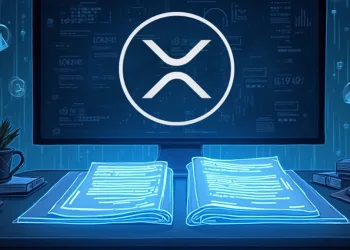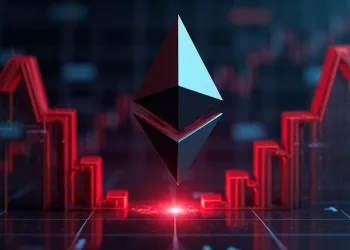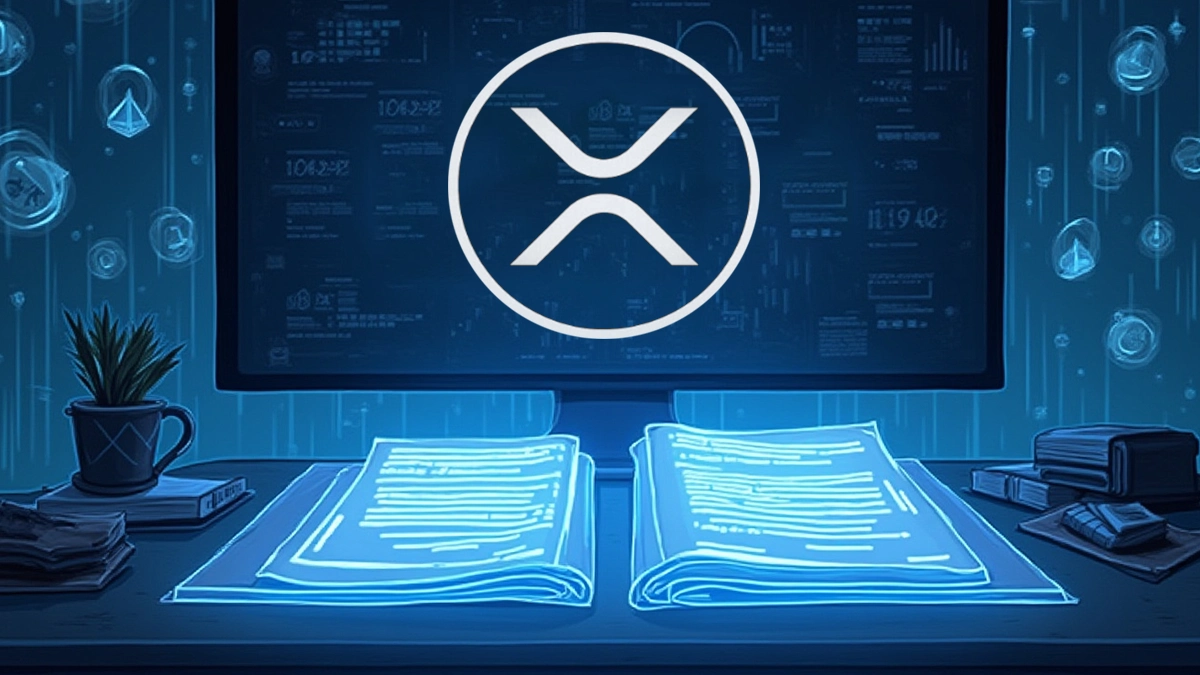- Ethereum’s Merge cut energy use by 99.9% and shifted ETH toward deflationary supply.
- Layer-2 networks now process more transactions daily than Ethereum’s mainnet.
- Staking upgrades and ETFs have boosted ETH’s liquidity and institutional appeal.
Ethereum, once hailed as the future of decentralized applications, has faced a relentless wave of skepticism. According to Santiment, an analytic firm, the ETH/BTC ratio has collapsed by over 77% since December 2021. It’s a brutal figure, especially for holders who believed Ethereum would one day dethrone Bitcoin. On paper, it looks like ETH has lost its edge.
Critics mock it as a “has-been,” even lumping it with meme tokens. But writing Ethereum off could be a short-sighted mistake. Beneath the surface, major developments are quietly reshaping the network’s long-term value.
📊 Ethereum has been the source of humor for many top cap crypto traders, with the $ETH / $BTC ratio now down a massive -77% since December, 2021. But should its long-term slump make it an automatic write-off by now? Absolutely not. Read our deep dive. 👇https://t.co/JoK5GnI7Dm
— Santiment (@santimentfeed) April 11, 2025
Market Underestimating Progress
Ethereum has not stood still since 2022, it’s completed one of the most ambitious transitions in blockchain history the Merge. By switching to proof-of-stake, Ethereum cut its energy use by 99.9%. That change alone positioned ETH more favorably with eco-conscious investors and regulators. Moreover, reduced issuance has started to tilt ETH toward a deflationary model, improving its long-term supply dynamics.
Layer-2 Growth and Protocol Evolution
Critics often argue Ethereum is losing relevance due to slow speeds and high gas fees. However, they overlook the strategic move toward Layer-2 networks. Solutions like Arbitrum, Optimism, and zkSync are already processing more daily transactions than the Ethereum mainnet. This is not a failure of ETH it’s a deliberate evolution. These Layer-2s run atop Ethereum, increasing its reach and efficiency without compromising decentralization.
Liquidity, Regulation, and Institutional Access
Ethereum has also made key advances in institutional adoption. The Shanghai upgrade allowed staking withdrawals, making ETH more liquid and appealing to larger investors. In 2023, Ethereum futures ETFs launched in the U.S., signaling growing trust in ETH’s legitimacy. Additionally, liquid staking platforms like Lido and Rocket Pool have boosted DeFi activity and ETH staking flexibility.
New Era for Decentralized Applications
Beyond DeFi, Ethereum is also powering new movements in decentralized social media and on-chain identity. Projects like Farcaster and Lens are expanding the utility of Ethereum far beyond financial speculation. These use cases are attracting developers and users who value data ownership and censorship resistance.














